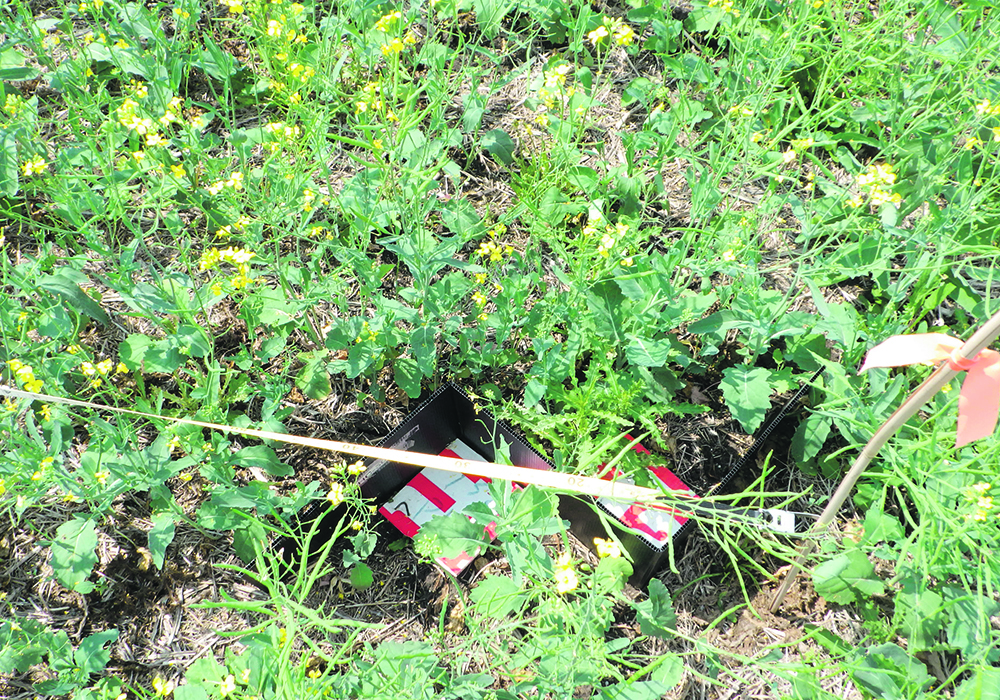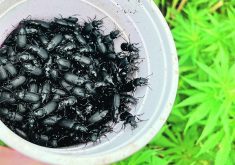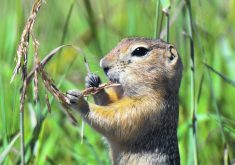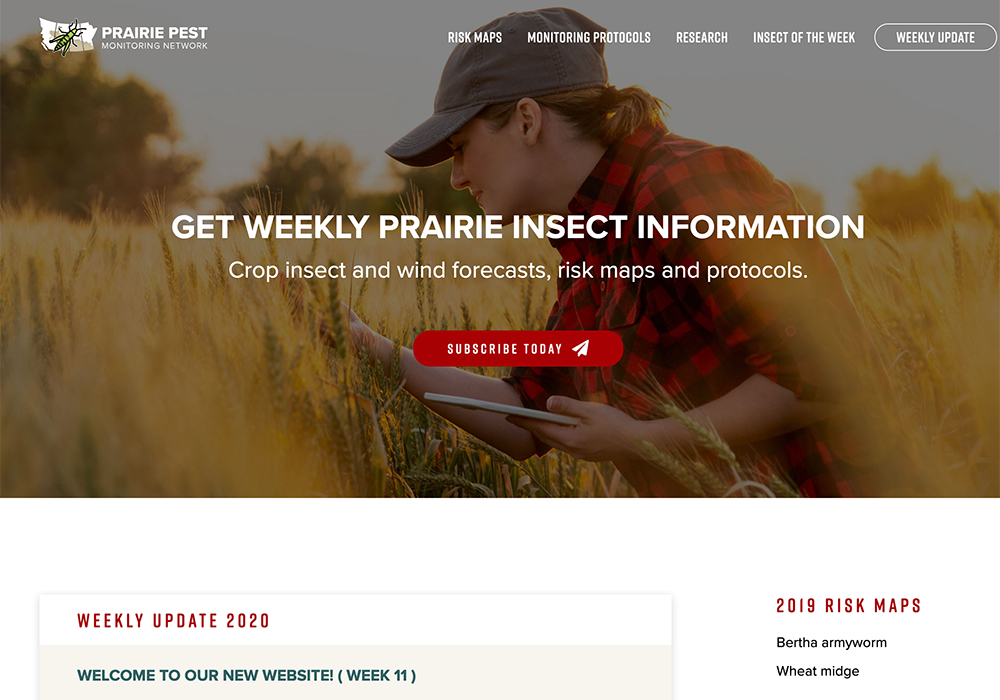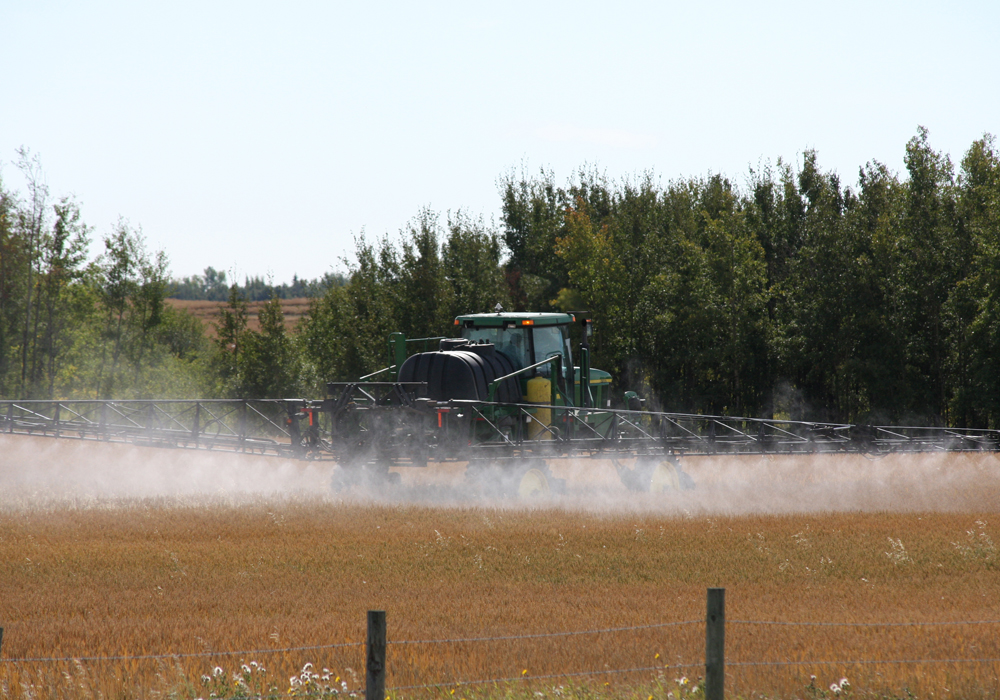New University of Alberta research has found that a healthy population plays an important role in pest management
Eight legs, multiple eyes, web traps or hunters, spiders can be powerful pest control allies.
Studies have shown that spiders eat any foraging insect they can take down. This can be of great benefit for the crop farmer because multiple pests can be targeted at once.
A study, in its final stages of data analysis, carried out by Carol Frost, an assistant professor of conservation biology at the University of Alberta, is showing the importance of a healthy spider population in pest management.
Even with many species of insects still to be counted and identified in the laboratory, Frost and her team of graduate students have good results to share. During the 2021 and 2022 field seasons, samples were collected from directional pitfall traps, in canola crops and in undisturbed grass or treed field margins.
Canola was focused on “to keep our sampling standard within a year to reduce that variability. Of course, every canola field becomes a wheat field, and becomes something else because of crop rotation,” said Frost.
Sites included areas around Edmonton such as Westlock and near Camrose.
So far, 34,000 beetles and 7,000 spiders have been counted and species identified, with plenty more for the graduate students to work through. The directional pitfall traps were set up to monitor the activity of spiders moving out of marginal natural areas into active fields, or moving out of the fields and into the marginal spaces. At the moment, it appears inconclusive if there is intentional movement between the two vegetative regions as spiders range through their territory.
Spiders have two general areas of hunting grounds, at the soil level, where mostly Linyphiids, species of sheet web spiders, and wolf spiders live, the other area being in the upper canopy of grasses and crops.
When crops are harvested, insects might retreat into the undisturbed marginal vegetation and then move back when the crop starts to grow again and pest populations build up.
“We expect that there’s this seasonal back and forth movement between semi-natural vegetation and crop vegetation,” Frost said.
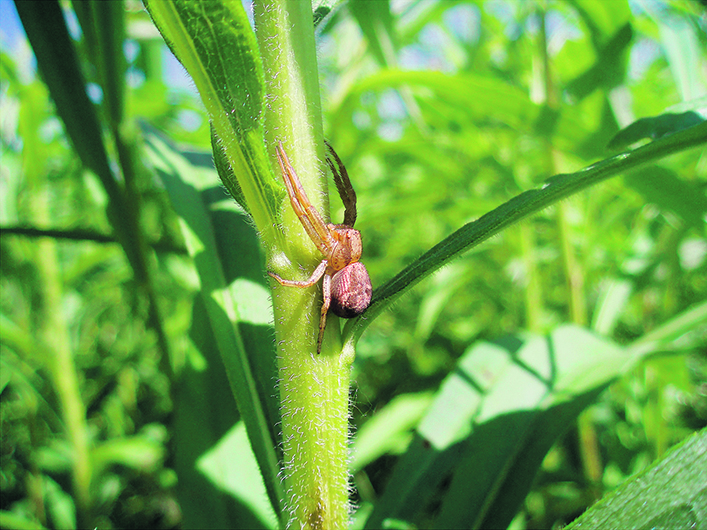
On average, spiders can consume 250 milligrams per sq. metre per year in cropped areas. This is small when compared to their feeding mass in undisturbed grasslands at 3,600mg per sq. metre.
Frost recommended to maintain spiders at higher densities in fields, farmers should maintain semi-natural vegetation or marginal areas stripped through their fields.
“Be sure that your pest insect counts are at the right number and try to apply (pesticides) precisely. If you don’t need it over the whole field, just apply it in the problem areas,” said Frost.
Doing sweep net scouting can give producers a number to work with when trying to figure out next best steps in a pest management plan.
Frost’s work is funded by the Alberta Conservation Association.
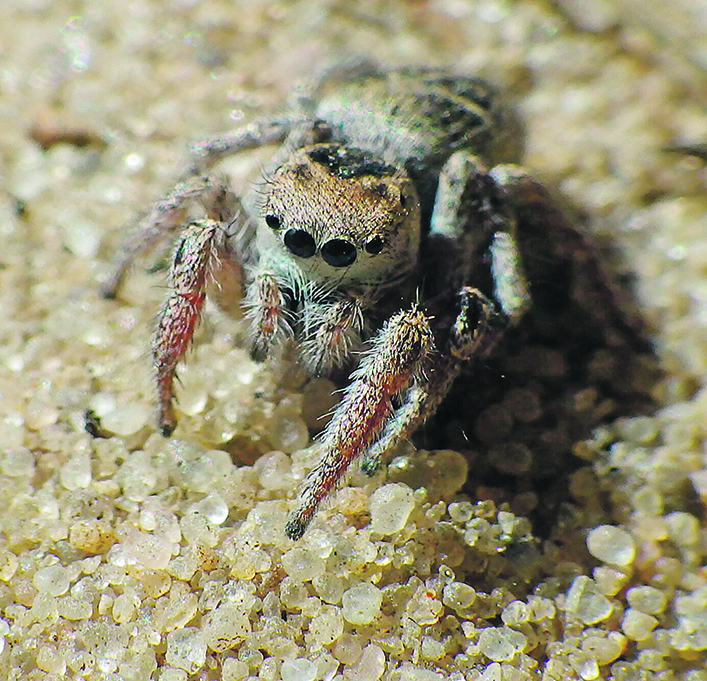
“We don’t really know how important that is for spiders or beetles in this area,” Frost said about beneficial insect movement between natural areas and crops. “We don’t know for wasps either, or pollinators.”
With the funding ending, Frost hopes to finish up the analysis and then apply for more funding to run more field sampling.
She said hoverflies are especially valuable to farmers.
“(Hoverflies), which are a really cool beneficial insect because one subfamily of them are predators as larvae and then pollinators as adults, they’re super great for agriculture,” Frost said.
One of her graduate students has been specializing in hoverfly analysis, pinning and counting the ones that were captured in the team’s bi-directional traps. To date, the student has identified 90 species of hoverfly that were active in their sample canola crops.

